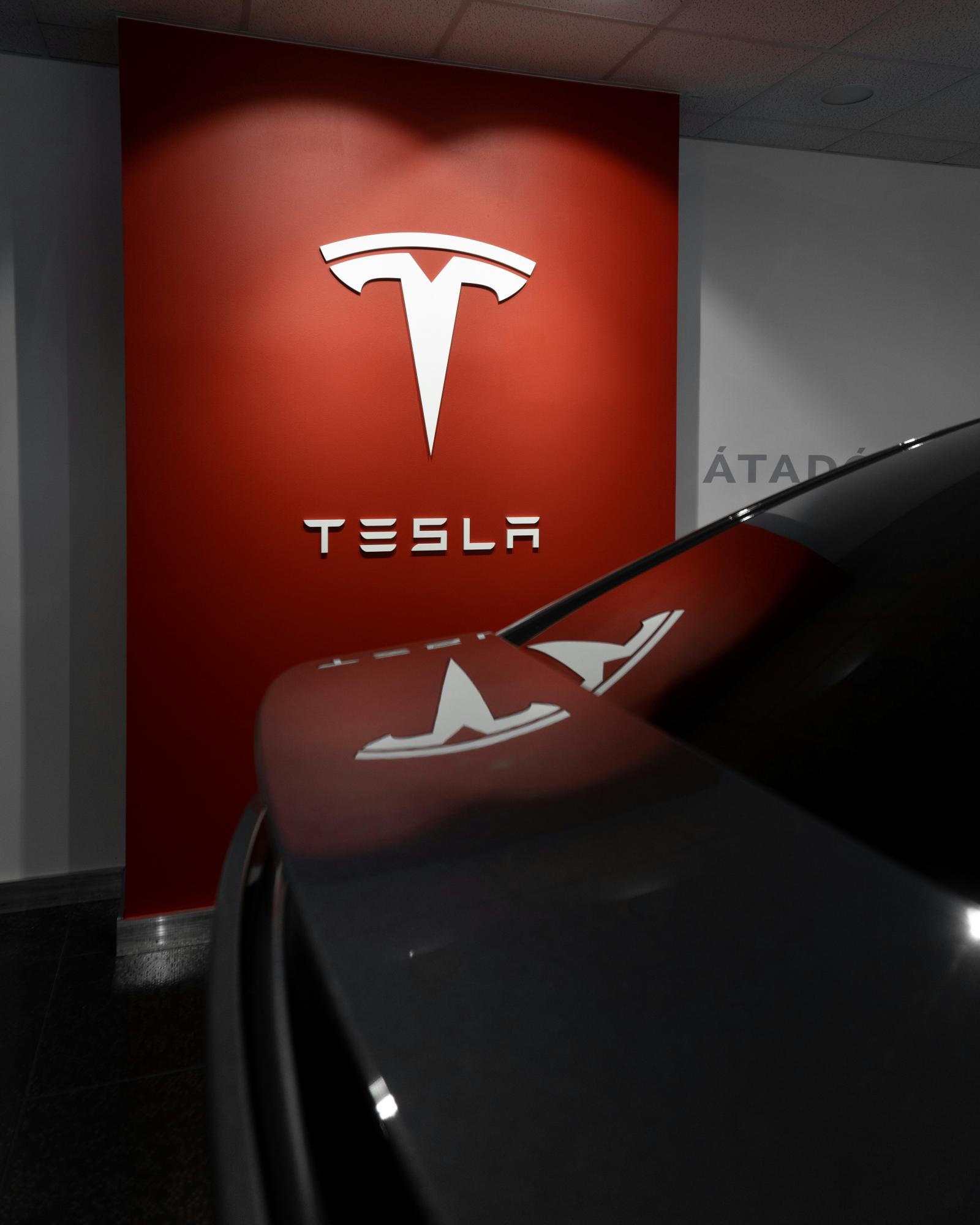Test- FTSE 100 Kicks Off August on a High as BP and Senior Lead Market Momentum
$11
10 Oct 2025, 13:13

Unsplash.com

There are a number of reasons for the drop in Tesla stock prices, but investor worries about declining profit margins and dwindling customer interest in electric vehicles stand out.
Compared to a few years ago, buying an EV or any other car has become much more expensive due to high borrowing rates.
In response, Tesla reduced the cost of all of its models last year in an effort to maintain demand. The automaker's profitability has now been negatively impacted by these price cuts, though.
In particular, Tesla's gross profit margin dropped from around 30% in 2021 to just 17% currently.
Analysts and investors also keep a close eye on the company's operating margin, which was reported at 8.2% in the fiscal Q4 2023—a significant metric—which is half of the 16% recorded in the same time last year but somewhat higher than 7.6% in the previous quarter.
During the quarter, Tesla's automotive revenue increased by just 1% on an annual basis.
Tesla's stock problems were exacerbated by recent production reductions at its Shanghai facility, which were brought on by dwindling sales and escalating competition in China. As a result, staff workweeks were shortened from six and a half to five days, according to Bloomberg News.
Tesla's sales decreased in the first quarter of the year, despite a 17% increase in passenger car sales in China and a 37.5% increase in sales of new-energy vehicles.
Ahead of Tesla's Q1 delivery report, analysts at Citi Research cut projections to account for these new data points. The Wall Street behemoth has lowered its prior prediction of 473,300 to 429,900 for the company's delivery.
Citi likewise lowered its price objective for Tesla shares from $224 to $196 in response to lower projections. For the same reasons, Redburn analysts lowered the goal from $160 to $150.
They see risks to these projections in the first half of the year and think the current Wall Street expectations for the first and second quarters are too optimistic.
(Sources: investing.com, reuters.com, bloomberg.com)